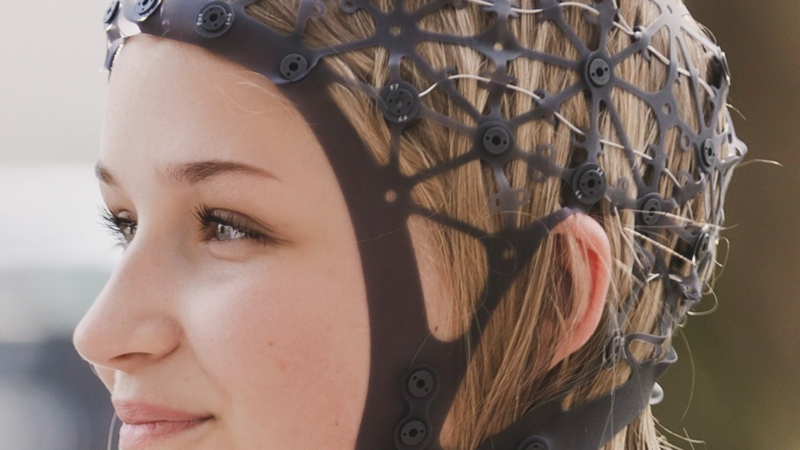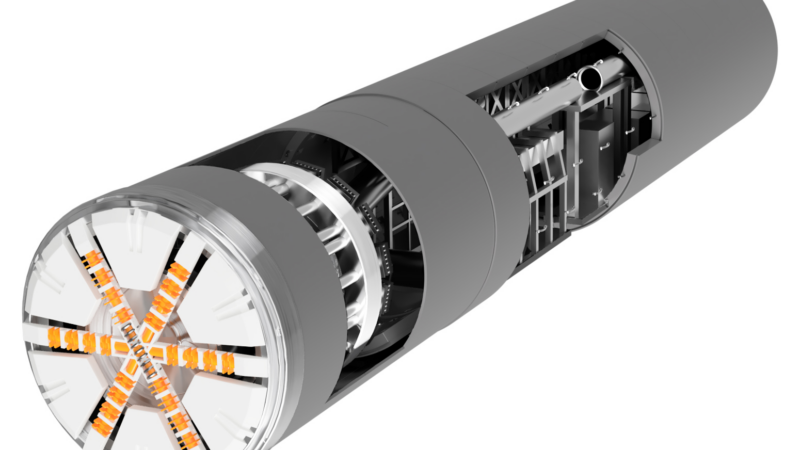Air pollution such as ozone, nitrogen dioxide, volatile organic compounds (VOCs) and fine particulates – mostly from vehicular emissions – puts a strain on the environment and affects people“s health, which could result in reduced life expectancy.
Real-time monitoring of air quality is important to understand the factors that influence air pollution.
The Network of Sensors
A new system of instruments is currently being tested in and around London Heathrow airport: the Sensor Network for Air Quality (SNAQ) with 50 stations has been installed measuring the air pollution caused by road and air traffic around Heathrow airport.
The small battery-powered instruments are lamppost-mounted and contain a number of sensors that measure six gases, volatile organic compounds (VOCs) and airborne particulates. The system works wirelessly – data transmission is via GPS and GPRS to a central server.
The project has been funded by the British Natural Environment Research Council (NERC) and runs from 2011-2013.
The objective is to discover new insights in dynamic levels of airborne pollution and demonstrate the potential of the sensor network for characterising air quality in the urban environment.
[suggested quote: „Ultimately this could lead to understanding the links between pollution events and their impact on human health“ said Prof. Rod Jones, Dept of Chemistry, University of Cambridge and Principal Investigator on the SNAQ at LHR Project.]
Heraeus Noblelight, a leading manufacturer of specialty light sources, supplies photoionisation detector lamps (PID lamps) used in the SNAQ sensors.
Air Analysis & Pollution Control with PID lamps
Measurement of Volatile Organic Compounds (VOCs) using portable Photoionisation Detectors (PID) enables fast detection at ppb sensitivity.
Monitoring VOCs using PID is becoming an economical way to track pollution and air quality in urban environments. Heraeus PID lamps are the industry-leaders for lifetime and spectral purity for cost-effective, reproducible analysis.
Photoionisation is the term for the absorption of high energy photons by a molecule which results in ionisation of that molecule. The current created by ionisation is proportional to the concentration of the molecule, so this provides a simple method for quantitative analysis of a variety of compounds.
The technique is non-destructive so can be used in conjunction with other detectors for extending the analysis. Photons will only ionise molecules with an ionisation potential less than the photon energy.
Heraeus manufactures a range of PID lamps with varying photon energies to enable a degree of compound selection. A recent introduction has been a dedicated 10.0 eV lamp which is particularly useful for measuring BTEX compounds.
Design and Production Expertise
Heraeus has extensively tested and selected materials to establish a quality standard in PID manufacture. Heraeus‘ proprietary manufacturing processes ensure unparalleled performance and consistency over the lifetime of the lamps. The use of pure crystal MgF2 windows produces improved transmission and lifetime. High purity of the gas spectrum is achieved throughout the life of the lamp by the use of a Heraeus-design internal cleanser.
Heraeus manufactures a wide range of PID lamps to standard and customer specific designs in both RF and DC versions. For hand-held detectors, RF versions provide the best solution due to demands for smaller size and low power drive circuitry, whereas DC operation is the preferred option for laboratory instruments.
Customers can also benefit from our design expertise, as the Heraeus Technical Team can work with OEMs to design and build the product to their specific dimensional and performance requirements.
Copyright: Heraeus Noblelight GmbH, Hanau /Germany
Heraeus Noblelight GmbH with its headquarters in Hanau and with subsidiaries in the USA, Great Britain, France, China and Australia, is one of the technology- and market-leaders in the production of specialist light sources. In 2011, Heraeus Noblelight had an annual turnover of 103 Million EUR and employed 731 people worldwide. The organization develops, manufactures and markets infrared and ultraviolet emitters for applications in industrial manufacture, environmental protection, medicine and cosmetics, research, development and analytical measurement techniques.
Heraeus, the precious metals and technology group headquartered in Hanau, Germany, is a global, private company with more than 160 years of tradition. Our fields of competence include precious metals, materials, and technologies, sensors, biomaterials, and medical products, as well as dental products, quartz glass, and specialty light sources. With product revenues of EUR4.8 billion and precious metal trading revenues of EUR21.3 billion, as well as more than 13,300 employees in over 120 subsidiaries worldwide, Heraeus holds a leading position in its global markets.
Heraeus Noblelight acquired on January 31, 2013 the Fusion UV Systems group headquartered in Gaithersburg, Maryland (USA).
Kontakt
Heraeus Noblelight Analytics Ltd.
Torsten Jenek
2-4 Nuffield Close
CB4 1SS Cambridge
+44 (1223) 424100
hna-analytics@heraeus.com
http://www.heraeus-noblelight.com
Pressekontakt:
Heraeus Noblelight GmbH
Daniela Hornung
Heraeusstraße 12-14
63450 Hanau
+49 6181 35-3137
daniela.hornung@heraeus.com
http://www.heraeus-noblelight.com






